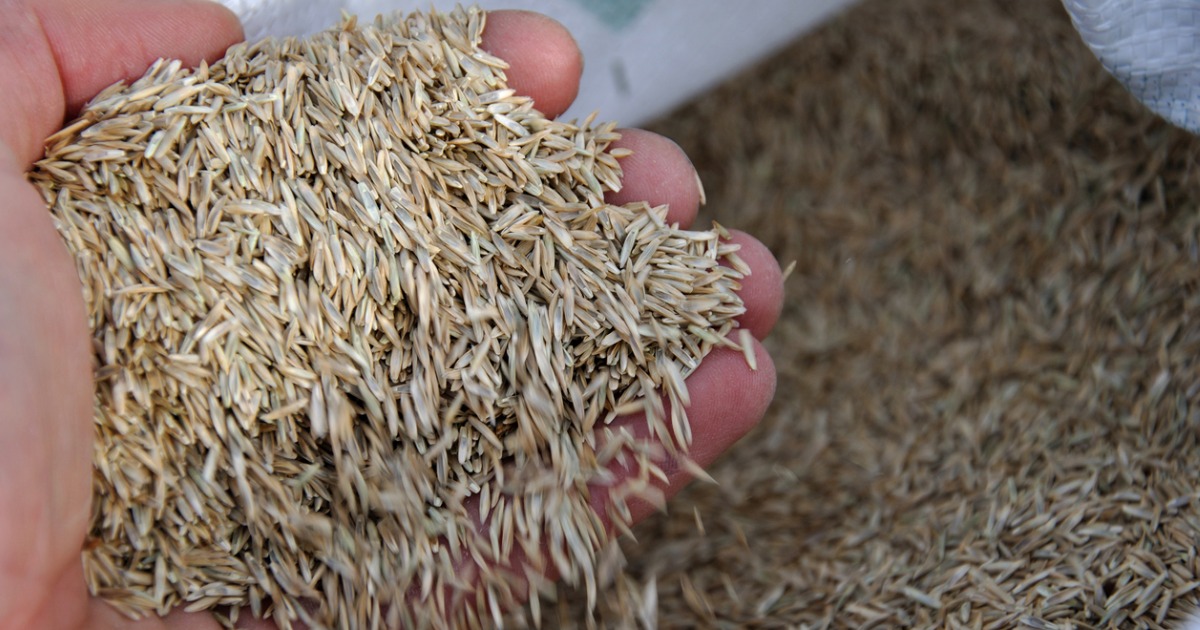Improving the lifetime yield of a cow is a top priority in dairy businesses as we continue to improve efficiencies. This can be impacted from the moment a newborn heifer calf arrives, to when the animal enters the parlour at the start of its first lactation.
While there are lots of areas to focus on to set a heifer up for a healthy and productive life in the herd, I’ve narrowed it down to my top three areas to prioritise pre-calving.
1. Influencing colostrum through dry cow management
The dry period is setting the cow up for her lactation and setting the calf up for its first few months. Good dry cow management has a big influence on colostrum quality. We want cows at a good body condition score, ideally BCS 2.5-3 – too fat, too thin or lame all influence feed intake which in turn will affect colostrum quality. Heat stress is another big factor which again will impact feed intakes. We need to ensure good ventilation, plenty of shade if grazing and good access to water.
Read more: The effects of heat stress on fertility in dairy cows
Read more: Reducing heat stress in the dry cow pen
The length of the dry period also has a part to play in colostrum quality and quantity. Anything under 20 days will drastically reduce the IGG content of the colostrum, and under 40 days has been proven to reduce the quantity of colostrum the cow produces.
Read more: Colostrum: Are your cows producing the best they can?
2. Focus on nutrition during transition
A dry cow typically consumes over 2% of its body weight in dry matter on a daily basis, which is why monitoring BCS is essential. A dry cow offered ad-lib grass silage will eat approximately 55kg. Even at a very low dry matter digestibility (DMD) value, this will put on condition on a dry cow and can lead to cows being too fat at calving.
For that reason, we must focus on restricting energy in the diet to eliminate issues with fat cows at calving, which is why we need to reduce the energy density of the diet.
Linking back to colostrum, it’s important to remember that the antibodies found in colostrum are proteins. This means we need to be feeding the right amount of high-quality protein in the dry cow ration to ensure the proteins are transferred to the first milk.
3. Give the heifers some TLC
Calving is a stressful time, even more so for a heifer who hasn’t calved before! Try and keep them in the same group in familiar surroundings to reduce stress levels, and move them into the calving pens slightly sooner than you would do for the rest of the herd so they become accustomed to new surroundings to reduce the stress risk at calving.
I also work with some farmers who have a different heifer ratio – this means we can monitor protein, energy and mineral levels which can differ for cows who are in second, third, and fourth lactations. The nutritional requirements of a bred heifer are higher than that of a mature cow. They are still growing when the first calf is born and reach mature weight when their second calf is born, which is why this approach works.
Tips from floor to parlour to manage the future of the herd
Listen to episode nine of season two of the Wynnstay Agri-Hub podcast to hear more on how this can be achieved and why it matters, with special guest dairy farmer John Bolt, who has had a huge amount of success with prioritising heifer rearing, which is paying dividends as his heifers enter the milking herd. Alongside myself and David Howard, we cover everything from pre-calving to the first lactation, to understand how factors at each stage can impact performance.









